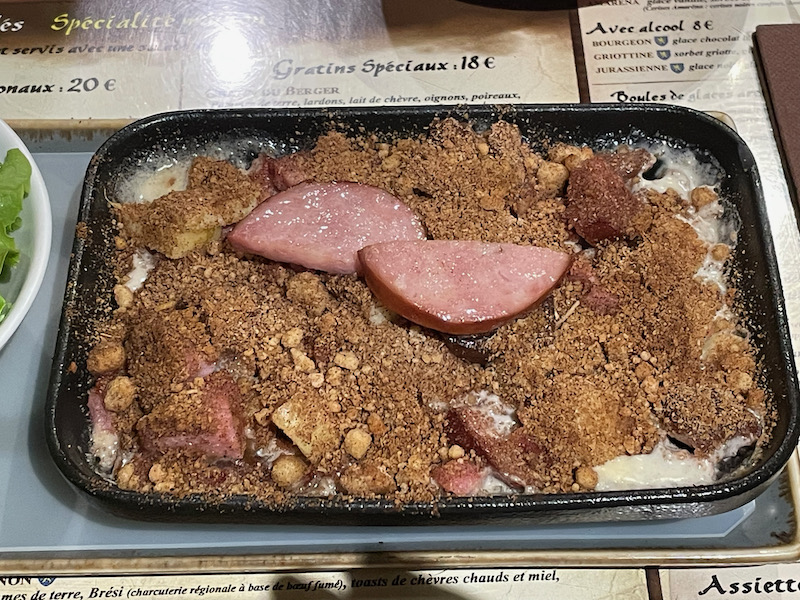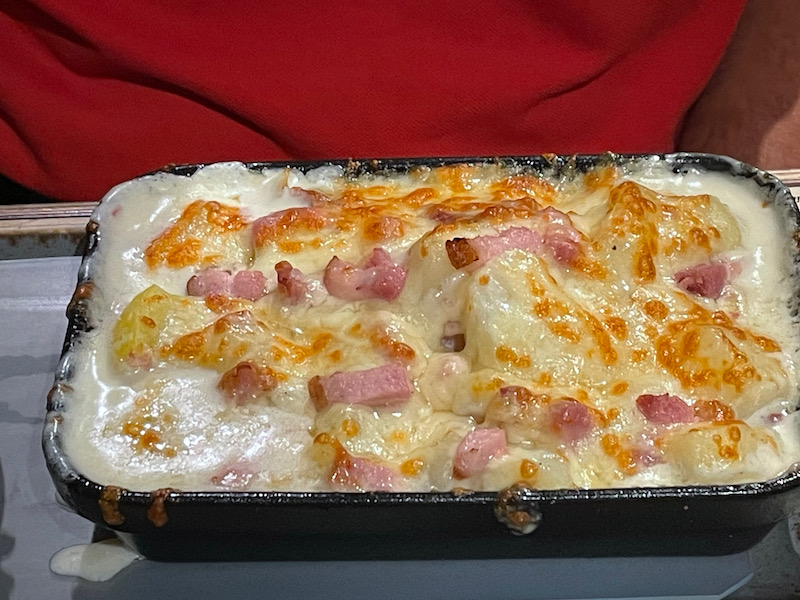Our Blog - Germany 2023 - Part 3
I forgot to add these to the last blog, so I'll put them here. Our last evening in Stuttgart, we headed to a traditional "brauhaus" and again went for what we consider "traditional German food" ... including Bratwurst with sauerkraut and roasted potatoes, and Jägerpfännle, which was a cast-iron pan filled with spätzle and pork steak covered in a mushroom sauce with bacon. And while we normally don't do desserts, we couldn't pass up the apple strudel!
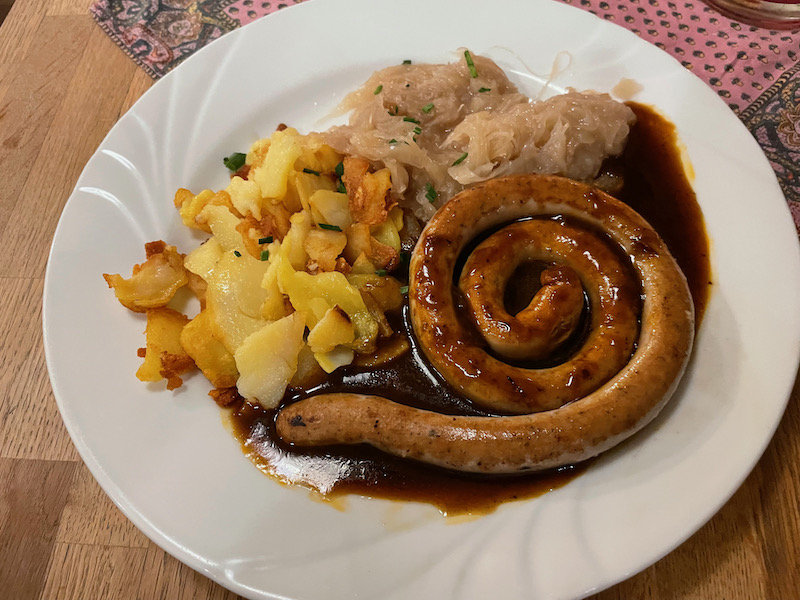
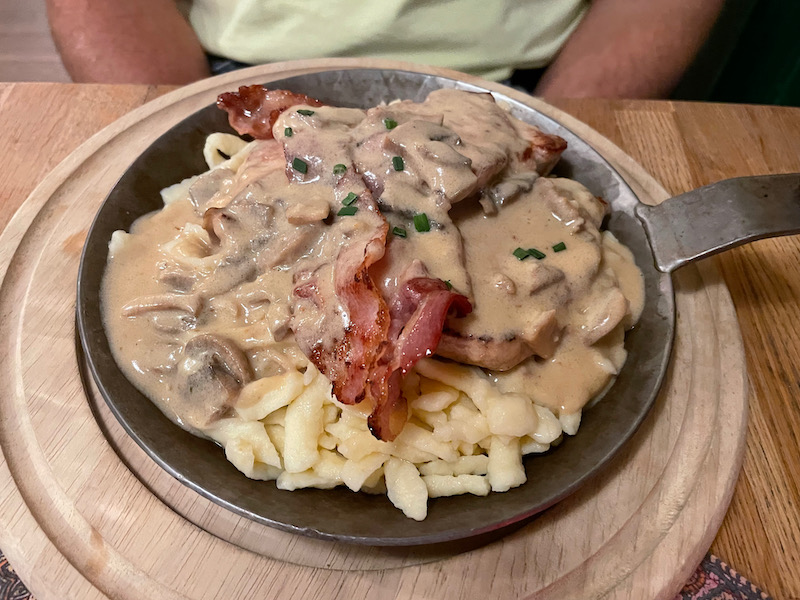
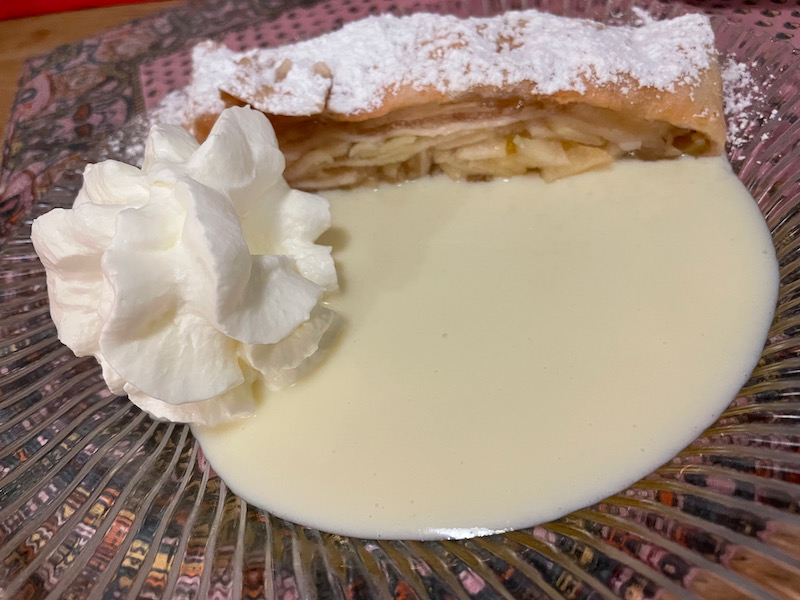
And now, the 3rd and final part of our Germany 2023 vacation. As I mentioned at the end of Part 2, we headed back towards the East a bit to Lake Constance, which is situated where Germany, Switzerland, and Austria meet. On the way, we stopped for the day in the town of Ulm, which is famous for its Münster.
Our first dinner in Überlingen was in the downtown area at a restaurant that specializes in Dinnele (or Dinnete), which is a traditional German dish originating from the Baden-Württemberg area. It looks like a pizza or flammekueche (the think pizza-like dish from Alsace). We did one thin-crust one and one with a bit thicker crust.
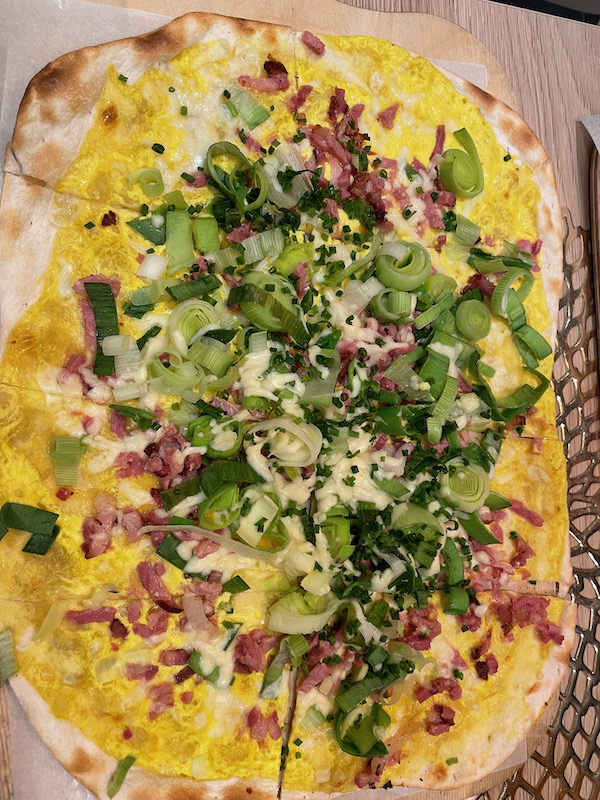
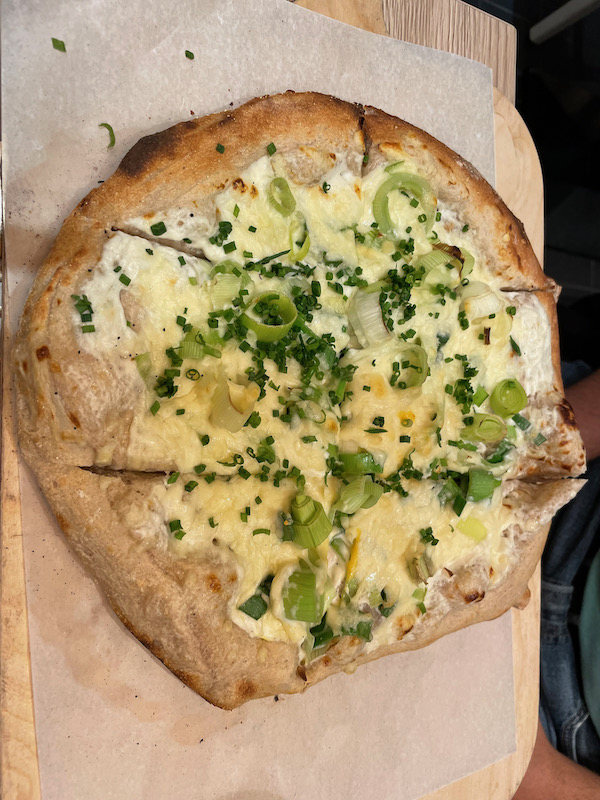
The next morning, we woke up and took a look out across the lake to the Alps ... well ... maybe not!
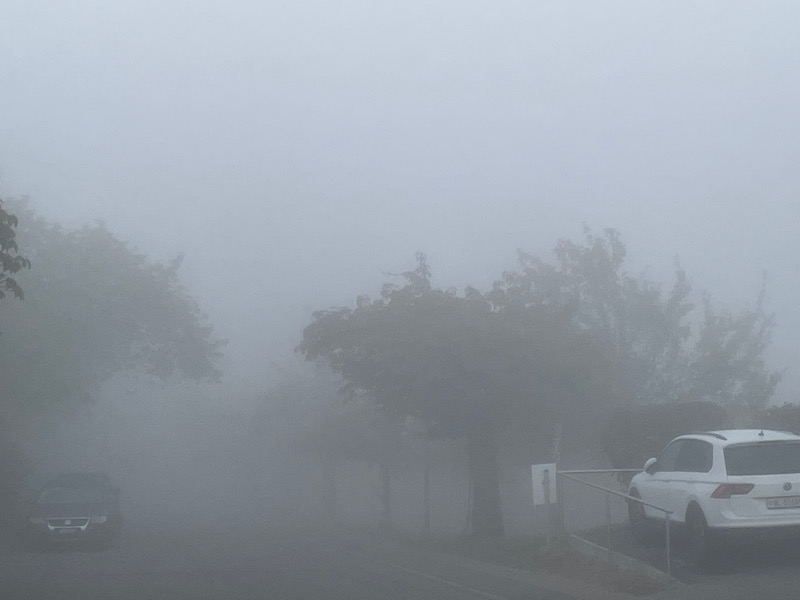
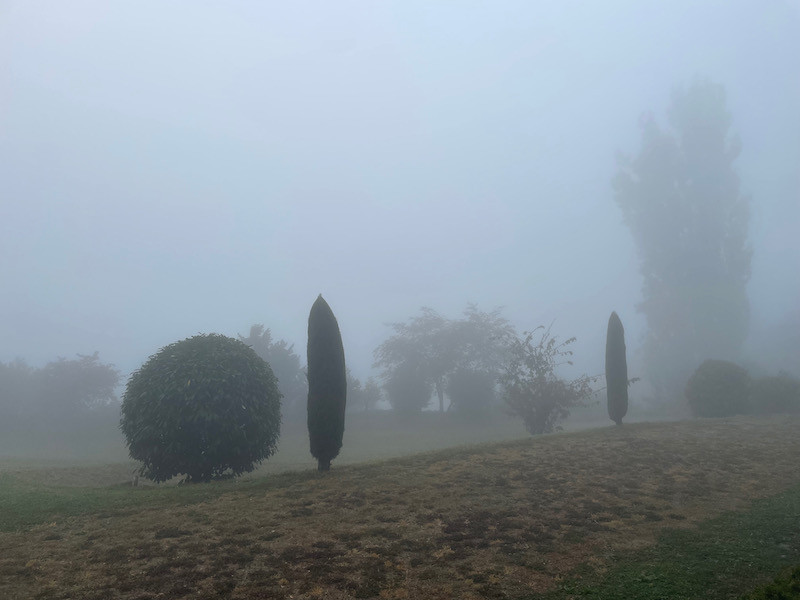
The name of the medieval town of Meersburg means "Castle on the Sea", referring to the Old Castle which supposedly was built here in 630 by the Merovingian king Dagobert I, making it one of the oldest surviving castles in Germany.
Then on to the wine-producing region with a stop at the town of Weingarten to see the Baroque-style basilica and a few other sites in town.
Our next dinner took us to the Jagerhof Restaurant, which is located at the Car & Tractor Museum a short drive from Überlingen. It was pumpkin season, so we started with a pumpkin soup. Then we ordered the seasonal pumpkin gnocchi dish along with a more traditional pork roast with potato dumplings, and another apple strudel with ice cream to finish things off.
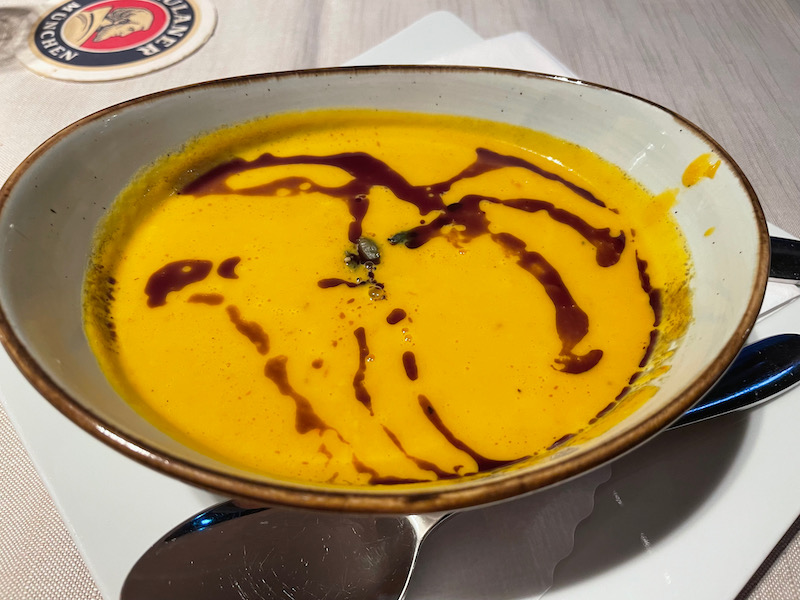
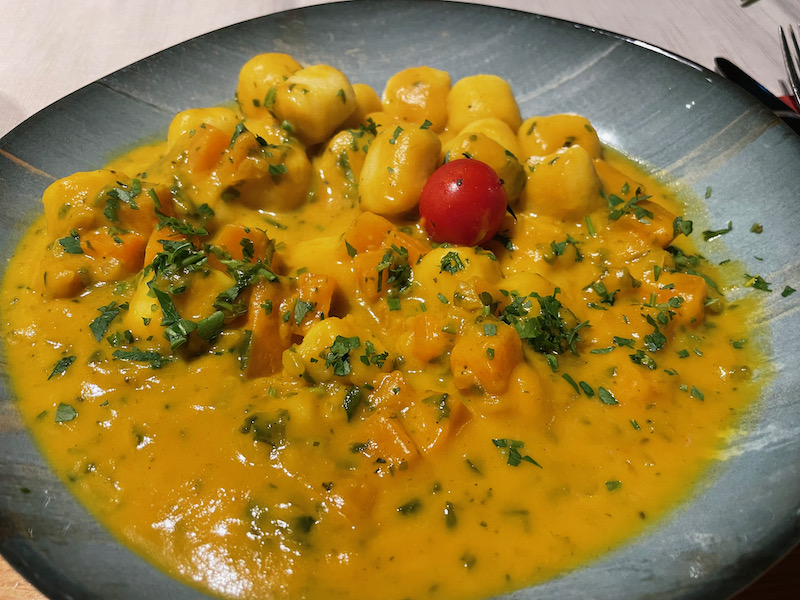
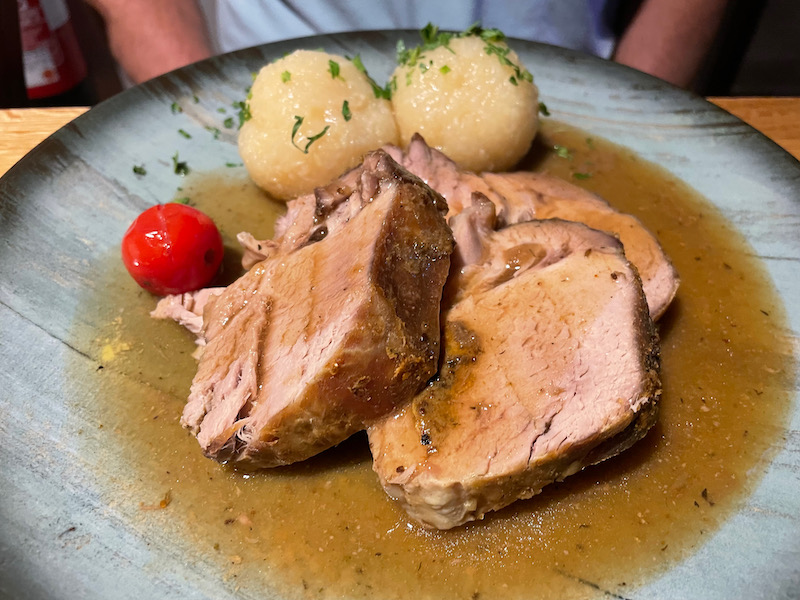
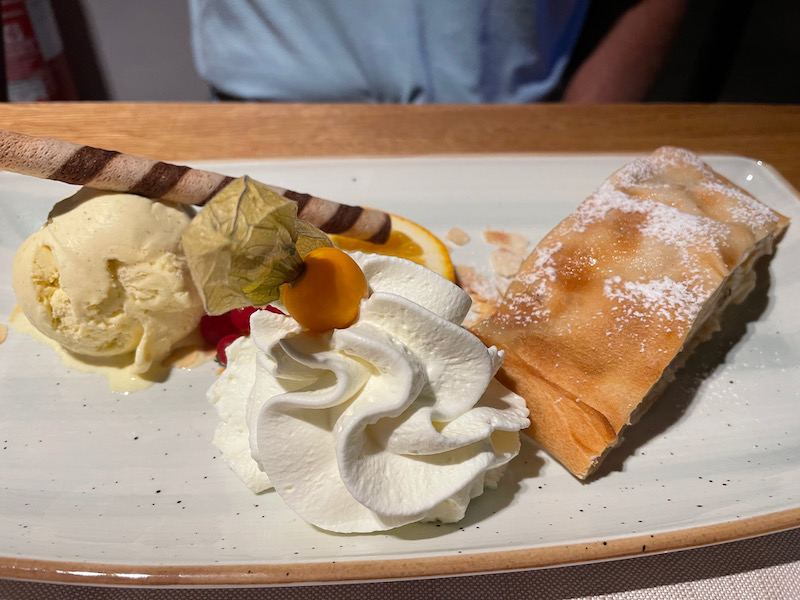
We spent the morning in the university town of Konstanz, which was the residence of the Roman Catholic Diocese of Konstanz for more than 1,200 years. It is on the banks of Lake Constance and also sits right on the The Germany–Switzerland border.
There wasn't all that much to see in the lake-side town of Überlingen but we felt obligated to go there to see the sights and we had time in the afternoon.
Another traditional dinner: sausage and friend potatoes and schnitzel with spätzle ... and Tom was enjoying the beer on his last night in Germany.
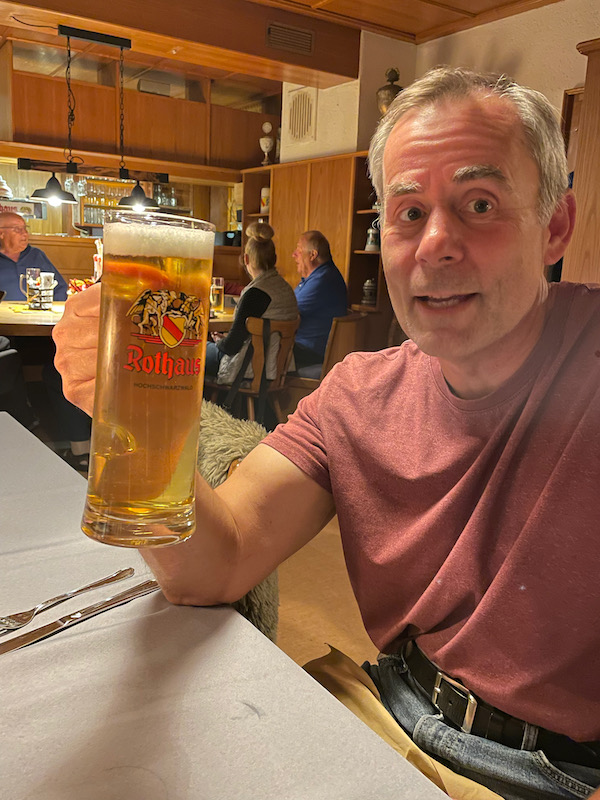
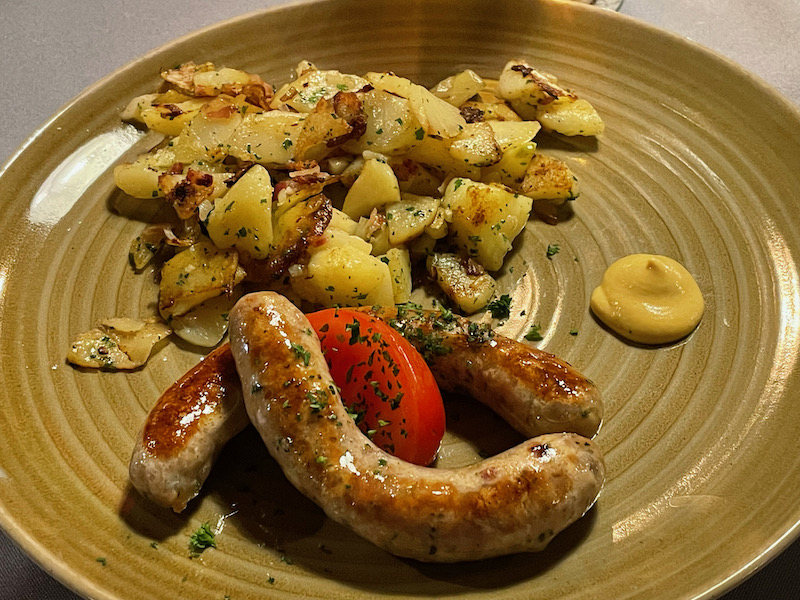
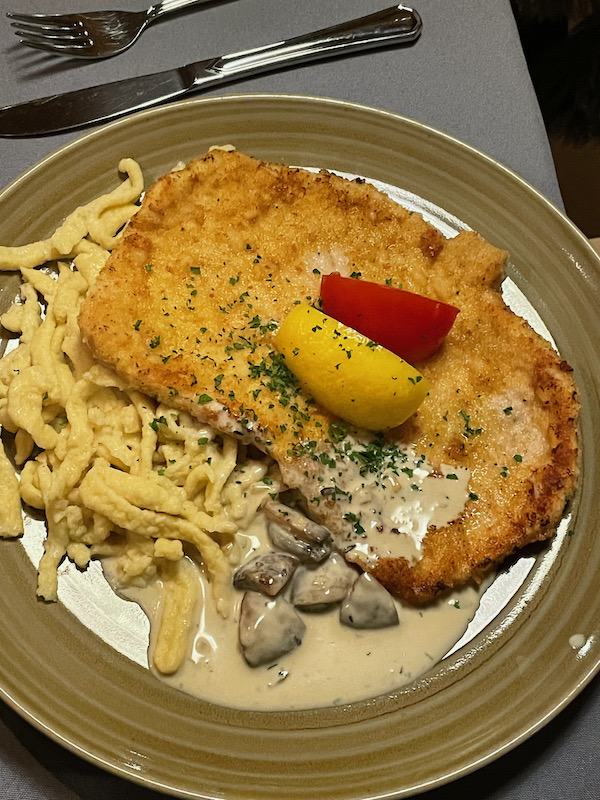
If you remember the pictures above where we attempted to look across the lake to the Alps and saw nothing but fog ... this morning, it was better and you can see the water jut over the bushes and then the hazy outline of the Alps.
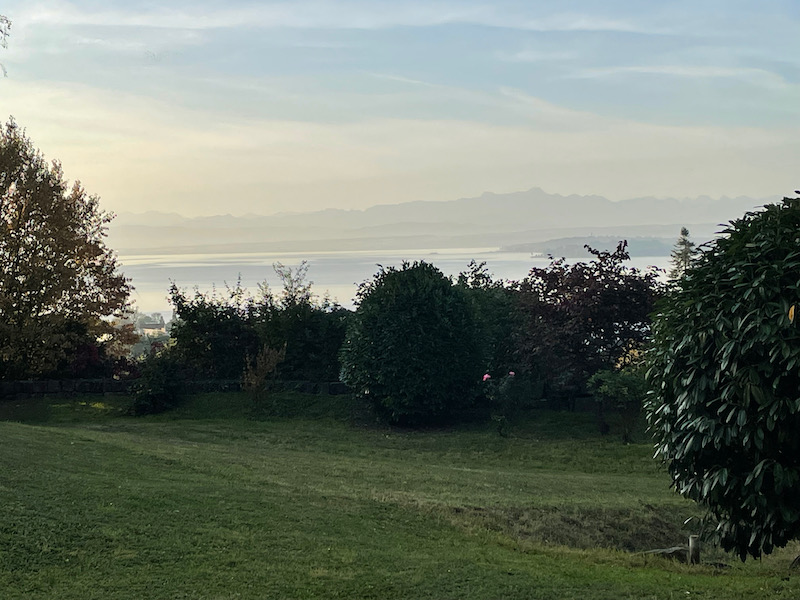
Our final morning in Germany took us to the Bruder Valley, where they have walking paths that go back to the last Ice Age, when the valley was created on the edge of an alpine glacier. No glaciers today, just lots of sun and grass fields for Lucy to run in.
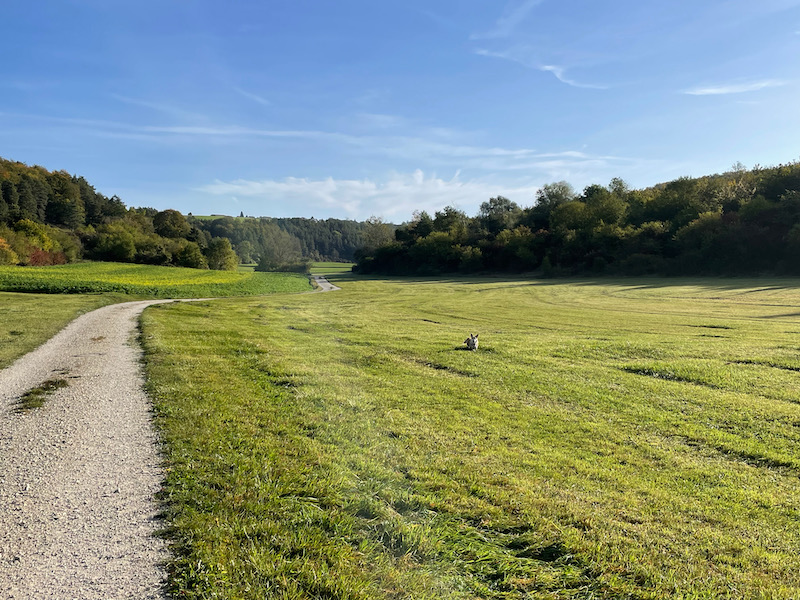
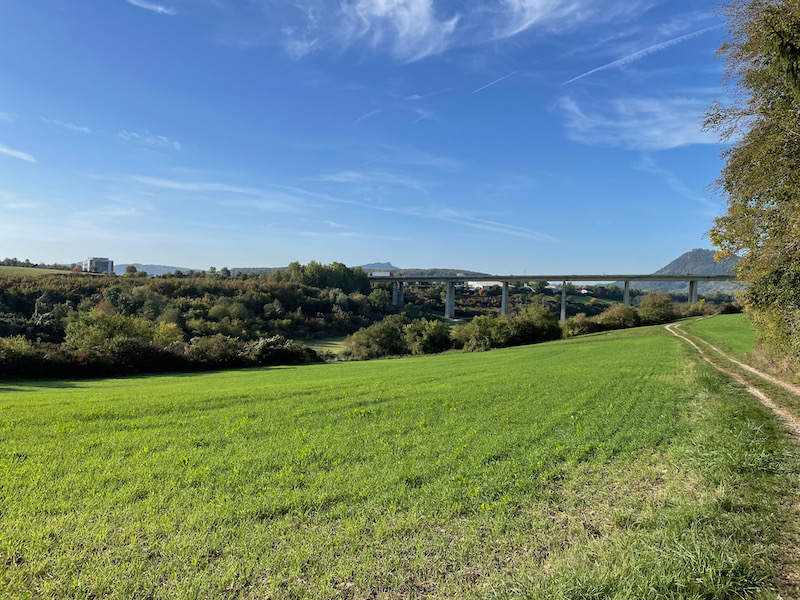
Then we headed back across Germany, following the Swiss border, to the French border near Mulhouse. We then headed a little further and stopped for a stay overnight in Besançon. It is at the edge of the Jura massif, and is the historical birthplace of French watchmaking. It has transformed itself, using this knowledge, into a center for microtechnology, micro-mechanics, and biomedical engineering. The city dates back to the 1st century BC with the Roman city of Vesontio. In the 4th century, a B replaced the V of Vesontio and the name of the town became Besontio or Bisontion, then underwent several transformations to give Besançon in 1243. If you look at it on a map, the old town is built on a little finger of land with the Doubs river surrounding it on 3 sides. We did a little walk through the downtown of Besançon to see a few sights.
We don't tend to stay in such fancy accommodations, but here, we decided to stay at a hotel that was a monastery in the Middle Ages. It was changed into a mansion at the beginning of the 19th century then a convent of the Poor Clare sisters. This is the lobby, with the dining room on the right side of the picture and the staircase heading up to where the rooms are.
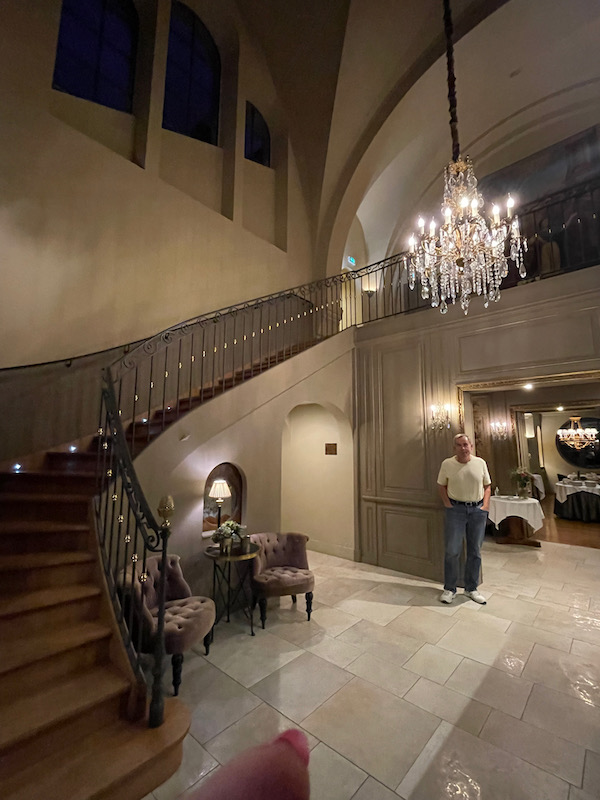
We headed out to downtown Besançon for dinner at a place that specializes in "crumbles salés" and gratins. Both are similar ... you take a set of ingredients and then cover them with either cheese or a crumble, and then bake. Most crumbles that we think of are sweet ones ... apple crumble is a favorite of mine. Here, the crumble still has warm spices but without sugar, so it is a savory version. The first one is called the Crumble d'Automne (Fall Crumble), and it has sausage, bacon, apples, and chestnuts, and then topped with a crumble with spices used in gingerbread. The gratin is a Gratin Rustique, which is potatoes, bacon, smoked ham, onions, cream, and grated cheese.
